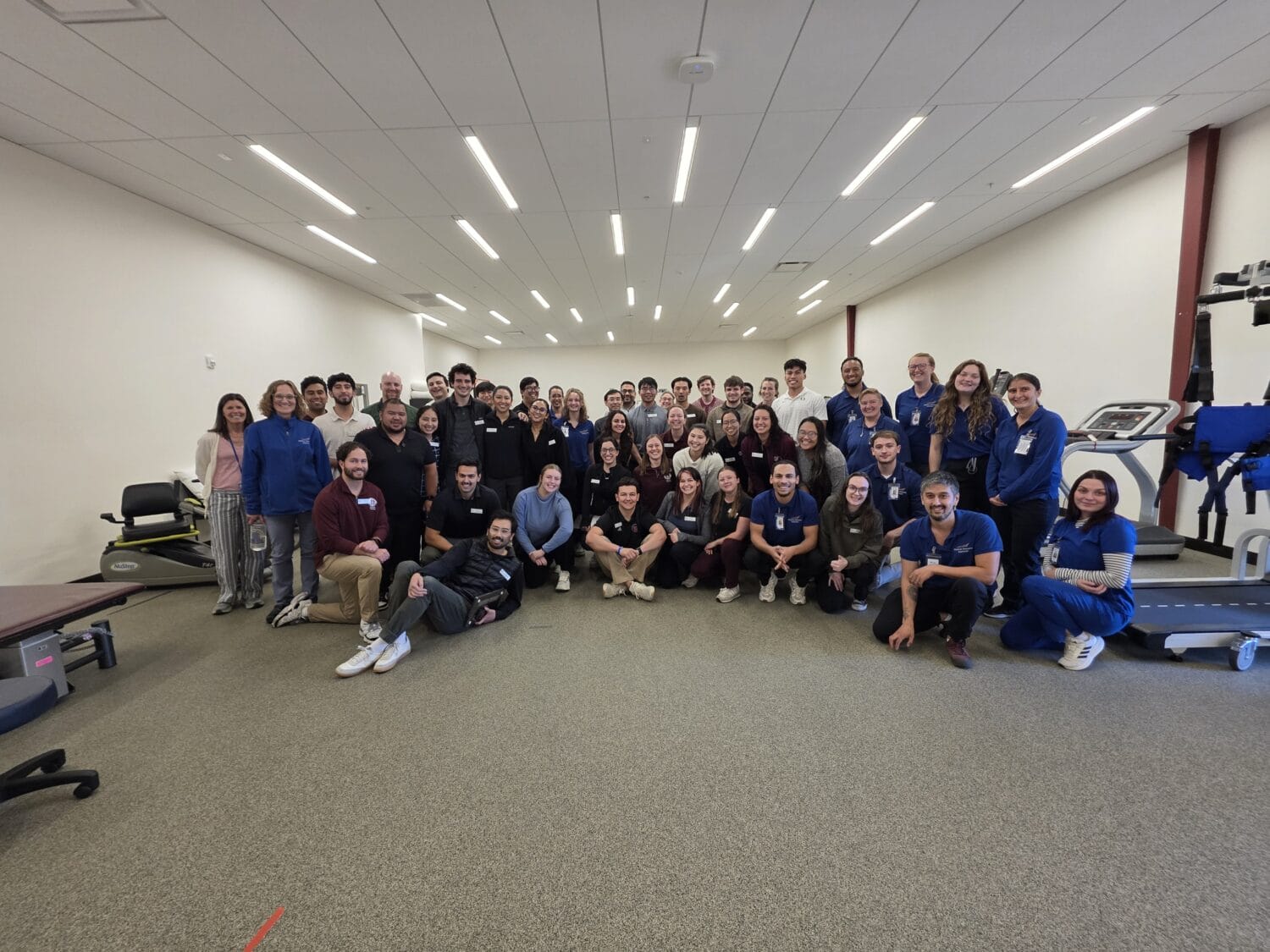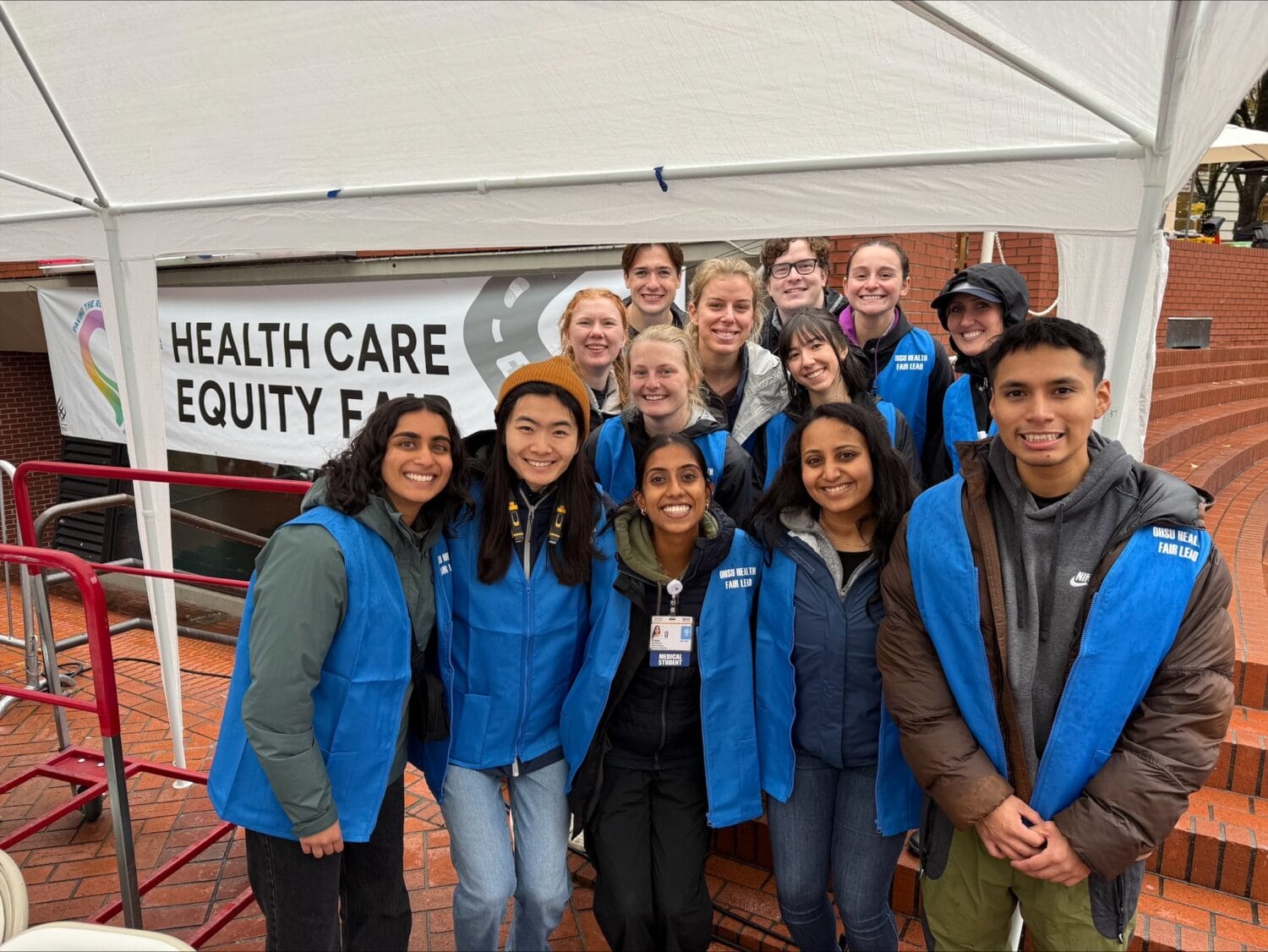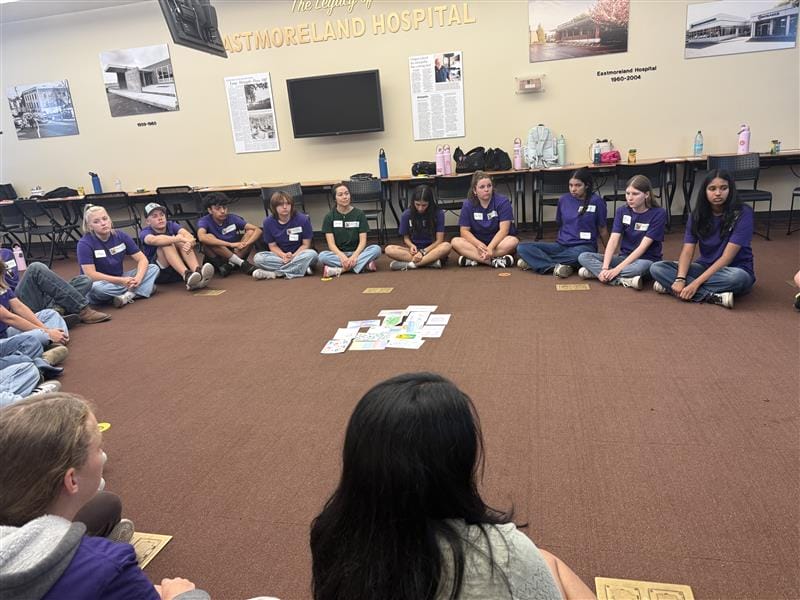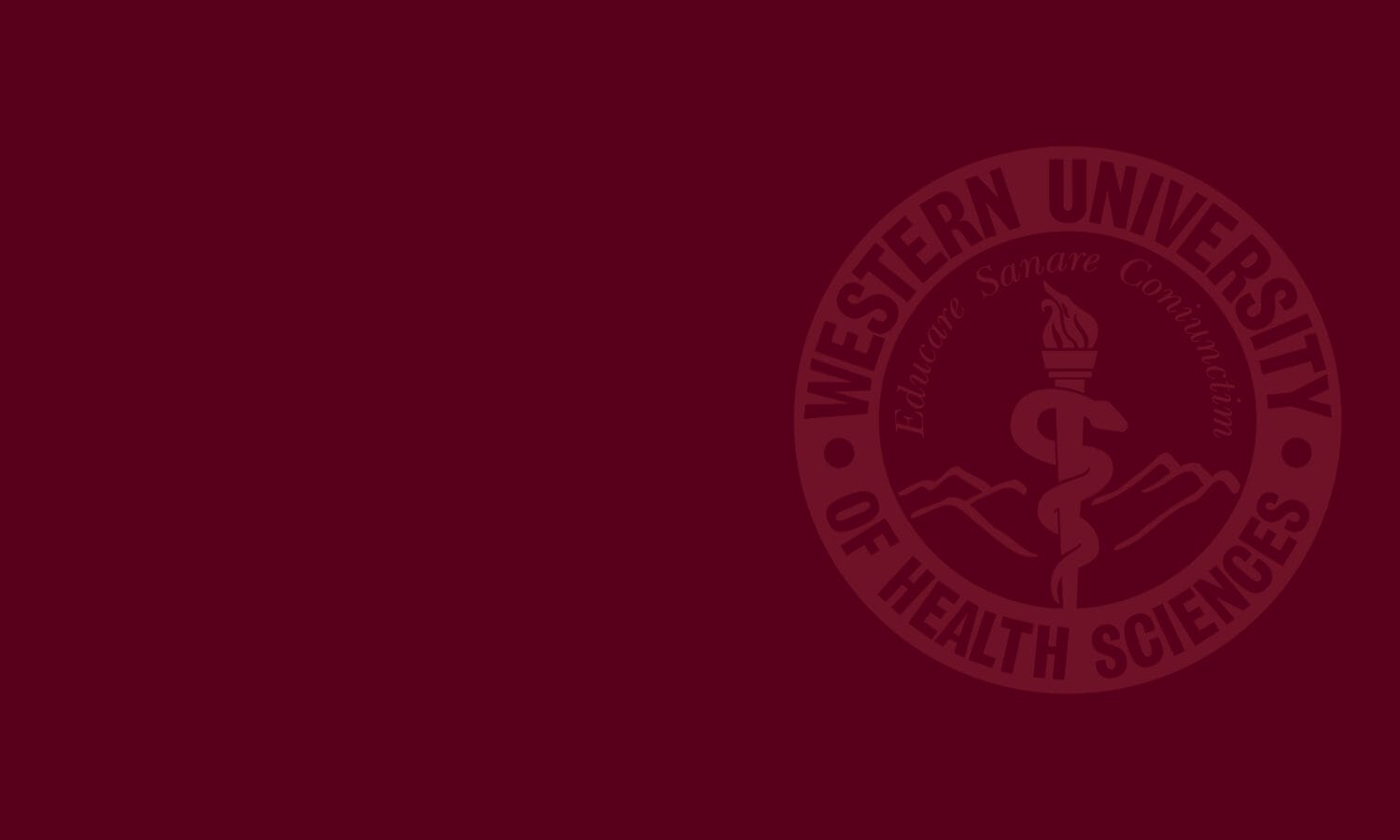Bye-bye dry eye
WesternU College of Optometry Associate Dean of Clinical Affairs Charles Haine, OD, MS, helped design a new method of treating Dry Eye Syndrome (DES) that recently received venture capital funding.
The products – creams or gels that are applied to the eyelids – are licensed to Memphis-based drug startup arGentis Pharmaceuticals LLC. The company recently received funding from Innova Inc., a new venture capital fund targeting small science and technology firms.
Haine’s former colleague at the Southern College of Optometry (SCO), Charles Connor, PhD, OD, FAAO, was developing an idea to treat DES by using testosterone and progesterone, which would create an anti-inflammatory response and increase mucous membrane activity. But he was having trouble putting it into a solution, Haine said.
Haine came up with the idea to use a transdermal approach because testosterone burns when placed in the eyes.
“But if you put it on your lids, it doesn’t burn,” Haine said. “It has the effect of also decreasing wrinkles in the eyelid.”
Initial research shows it extends contact lens wear time and tolerance, Haine said. arGentis licensed products from SCO and is moving them toward clinical testing.
“Having venture capital is critical to getting it to market,” Haine said.
arGentis Pharmaceuticals has licensed three treatments for DES: ARG101, ARG102 and ARG103.
ARG103 incorporates a combination of the hormones testosterone and progesterone. A very high percentage of menopausal women respond to ARG101, a testosterone-based transdermal treatment designed for menopausal women who suffer from DES due to waning androgen levels. By combining progesterone with testosterone in ARG103, a larger number of post-menopausal women may respond to treatment. ARG102 is a progesterone-based formulation that treats DES in younger women and men.
Dr. Connor stated, “One of the key problems with dry eye is inflammation of the surface of the eye. Progesterone provides extra anti-inflammatory power when added to testosterone for dry eye treatment and may even enhance meibomian gland secretion. This treatment addresses two crucial issues in dry eye patients.”
“But a teardrop doesn’t treat the underlying causes of the disease mechanisms,” he said. “We liked the transdermal method of delivery and decided to begin the process of forming the company around this platform. Through our research and reports, we saw that probably 40 million to 60 million people in the U.S. suffer from Dry Eye Syndrome.”
The International Dry Eye WorkShop (DEWS) report in 2007 estimated more than 100 million people worldwide suffer from DES, and 22 million patients visit ophthalmologists per year because of DES, Townsend said. More than 25 over-the-counter products generate $500 million annually in sales.
“We saw this as a really good market to deliver this new platform technology,” Townsend said. “The estimated worldwide market for dry eye is $1.5 billion.”
The unmet medical need in the market is more than $1 billion, he said.
“It made a lot of sense to license the therapies and put the infrastructure in place to make them commercially viable,” Townsend said.
arGentis is solidifying the intellectual property and preparing for clinical trial, he said. The products would require a prescription, he said.
“I do feel the therapies have a very strong future,” Townsend said. “The reason being they treat the underlying disease mechanisms in dry eye, versus tear replacement, based on the transdermal delivery of active pharmaceutical ingredients that allows the drug to go directly to the glands to produce tears naturally.”
Regardless of the products’ commercial future, Haine said he enjoyed the process of discovery.
“Very few people in life get to pursue an ‘a ha!’ moment when the light bulb goes off and it really works,” Haine said. “I’ve had two or three of them in my lifetime. It’s amazing when it happens.”



